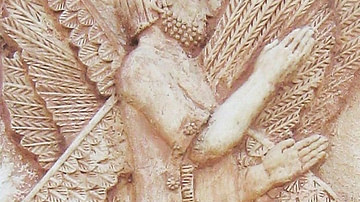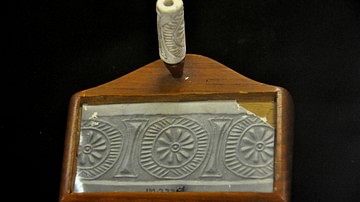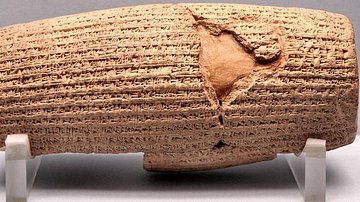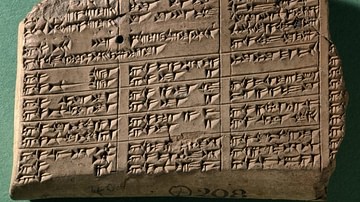Server Costs Fundraiser 2024
Help our mission to provide free history education to the world! Please donate and contribute to covering our server costs in 2024. With your support, millions of people learn about history entirely for free every month.
$3900 / $18000
Video
Cite This Work
APA Style
Museum, T. B. (2016, February 07). A new beginning for the Middle East: The Cyrus Cylinder and Ancient Persia. World History Encyclopedia. Retrieved from https://www.worldhistory.org/video/678/a-new-beginning-for-the-middle-east-the-cyrus-cyli/
Chicago Style
Museum, The British. "A new beginning for the Middle East: The Cyrus Cylinder and Ancient Persia." World History Encyclopedia. Last modified February 07, 2016. https://www.worldhistory.org/video/678/a-new-beginning-for-the-middle-east-the-cyrus-cyli/.
MLA Style
Museum, The British. "A new beginning for the Middle East: The Cyrus Cylinder and Ancient Persia." World History Encyclopedia. World History Encyclopedia, 07 Feb 2016. Web. 26 Jul 2024.





